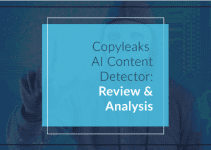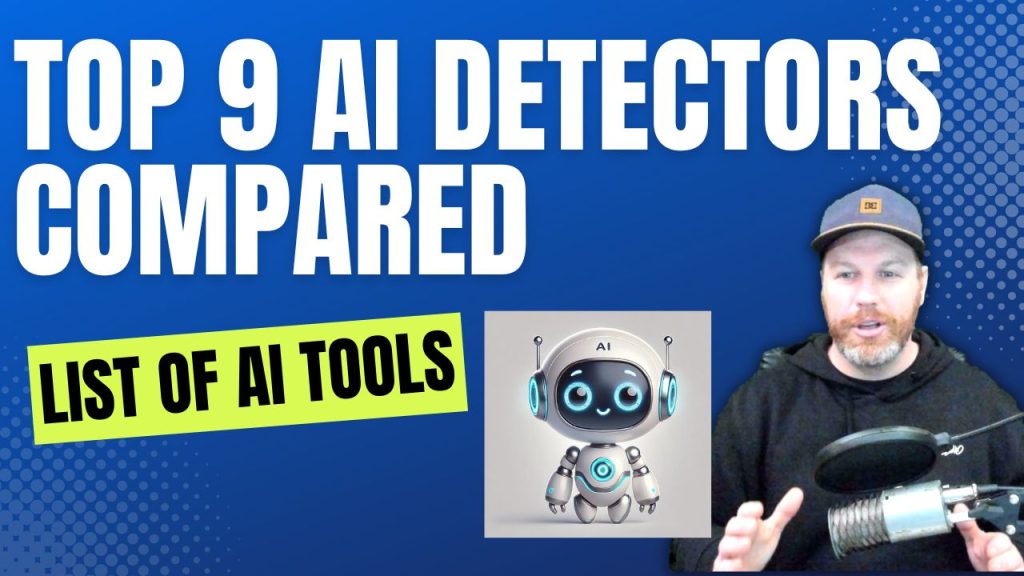
As technology continues to evolve, the need for reliable tools to distinguish between human and AI-generated content has grown. Many people are concerned about the authenticity and originality of online information, especially in areas like education and content creation. The best AI content detectors can help users identify the source of text, maintaining integrity in their work.
These tools leverage advanced algorithms to analyze writing patterns and styles, making it easier to spot AI involvement. They play a crucial role in helping individuals and organizations ensure the quality and credibility of their content in a digital landscape filled with automated writing solutions.
1) Undetectable AI

Undetectable AI is recognized for its effectiveness in detecting AI-generated content. It is rated as the best AI detector by Forbes. The platform offers a user-friendly service that allows individuals to check if their text is flagged as AI-written.
Users can also benefit from the AI humanizer feature. This tool enhances the quality of AI-generated text, making it appear more like human writing. It aims to bypass major AI detectors, which can be crucial for content creators.
With over 4 million users as of January 2024, Undetectable AI has gained significant popularity. It has been highlighted by several media outlets, further establishing its reputation in the market.
The platform supports various content types and is designed to ensure originality in writing. This makes it a suitable choice for students, educators, and professionals alike.
2) WriteHuman

WriteHuman is a tool designed to distinguish AI-generated text from content written by humans. It features a free AI detector that aims for accurate detection. This makes it valuable for students, educators, and writers who want to ensure authenticity in their work.
The platform also offers an AI humanizer. This feature helps modify AI content to make it less detectable by tools like GPTZero and Turnitin. Users can benefit from its ability to enhance the human-like quality of their writing.
Reviews on WriteHuman highlight its effectiveness in delivering reliable results. Many users appreciate how it manages to bypass common detection triggers. This can improve the overall readability and acceptance of AI-generated text.
The tool is gaining attention for its innovative approach to AI content. For those interested in making their writing more natural, WriteHuman could be a practical choice. It provides solutions for anyone looking to balance between using AI assistance and maintaining a human touch in their writing.
3) Stealth Writer

Stealth Writer provides a tool designed to help users bypass AI detection. It claims to rewrite AI-generated content into more human-like text. This feature may be useful for users wanting their work to appear more authentic.
The platform offers an AI detection tool with a reported 99.6% accuracy rate. This tool checks content against well-known AI generators like ChatGPT and Claude. Users can validate the human-like quality of their text before submission.
Stealth Writer also allows users to input various types of content. This includes articles and blog posts, which it processes to enhance readability. This could help authors who worry about detection issues with their AI-generated drafts.
In tests, some users found Stealth Writer effective but not always foolproof. Comparisons with other tools show that while it performs well, other options may deliver different results in bypassing detectors.
Stealth Writer is positioned as a practical choice for those looking to present their writing as original. Its features aim to provide peace of mind when publishing AI-generated content.
4) Copyleaks
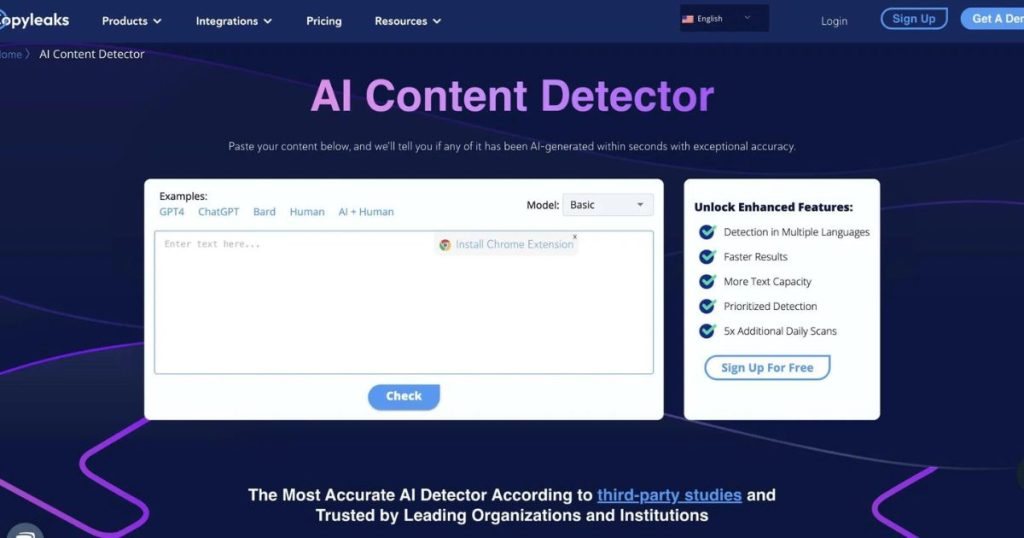
Copyleaks is a well-regarded tool in the field of AI content detection. It offers a high accuracy rate, reportedly over 99%, making it a reliable choice for users.
The platform supports more than 30 languages, enhancing its utility for a global audience. It is built to detect content from various AI models, including GPT, Gemini, and Claude.
In addition to AI detection, Copyleaks provides solutions for plagiarism detection and code verification. This makes it a versatile option for educators, students, and businesses alike.
Users can access a browser extension that makes it easy to check for AI-generated content in real time. The integration of multiple tools offers a comprehensive content suite for those who need thorough verification.
Copyleaks continues to evolve, adding features to keep pace with changing AI technologies. Its combination of tools positions it as a strong competitor in the market for content detection.
5) QuillBot
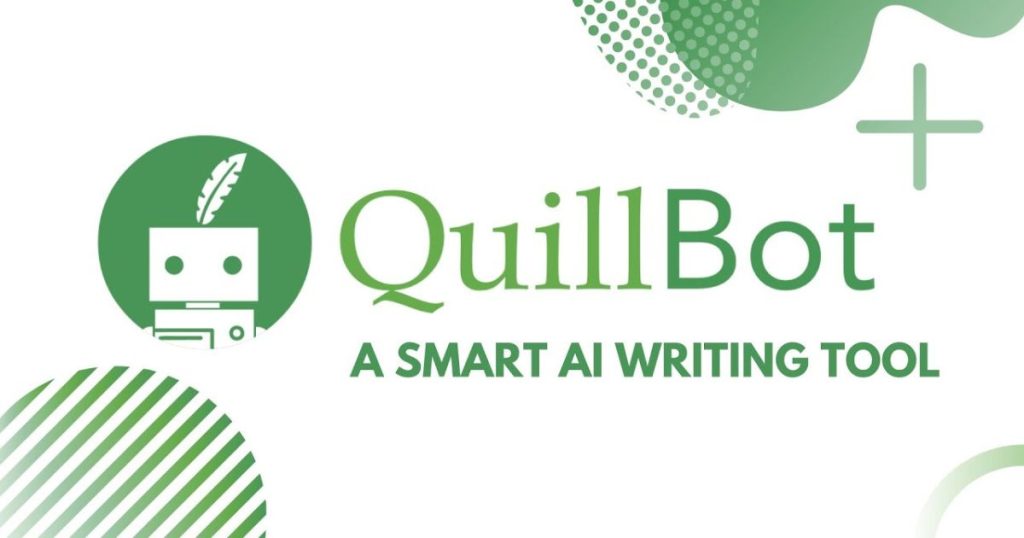
QuillBot is a popular AI content detection tool known for its user-friendly design. It helps identify AI-generated text effectively.
The tool uses advanced algorithms to spot repeated words and awkward phrases. These are key indicators of artificial content. QuillBot claims to have a detection rate of around 78% for different texts.
In independent tests, QuillBot performed well among free options. It is often compared to other detectors like Scribbr. Users can access QuillBot without signing up, making it convenient.
While QuillBot is effective, it is important to note that its accuracy may vary. Newer AI models can sometimes trick detection tools. As AI technology evolves, users should remain aware of these changes.
QuillBot stands out in the market for its simplicity and effectiveness. It is recommended for those looking to check content authenticity quickly.
6) Originality.AI

Originality.AI is a powerful tool designed to detect AI-generated content. It is particularly effective at identifying text produced by popular models like ChatGPT and GPT-4.
This AI detector also includes features such as plagiarism and fact-checking. Users can assess the originality of their writing and ensure it meets academic or professional standards.
Originality.AI is user-friendly, allowing individuals to easily paste text for analysis. It provides instant results, making it a convenient choice for content creators and educators.
The platform offers a Chrome extension that enables users to monitor their writing sessions in real-time. This feature helps maintain quality and originality throughout the writing process.
In addition, Originality.AI provides a free trial to test its capabilities. This allows new users to experience the tool’s effectiveness before committing to a subscription.
Overall, Originality.AI stands out for its accuracy and range of features. It is a reliable option for anyone looking to verify the authenticity of written content.
7) GPTZero
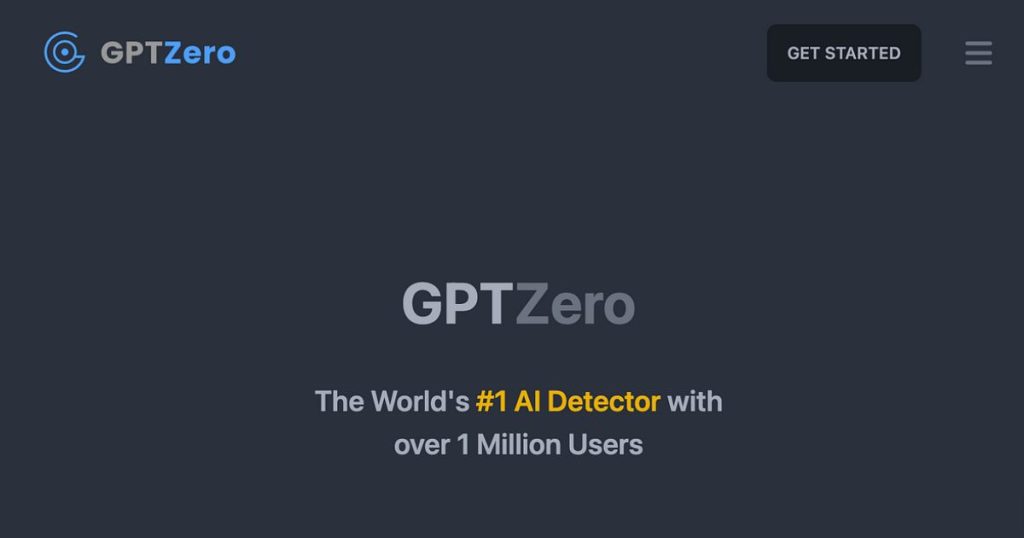
GPTZero is a well-known tool for detecting AI-generated content. It identifies text created by various language models, including ChatGPT and others.
This tool focuses on analyzing writing patterns, tone, and repeated phrases. It differentiates between AI and human writing to ensure content authenticity.
Users find GPTZero easy to use, making it a popular choice among those who need reliable detection methods. The tool provides clear results that help users understand the source of the text.
Many reports highlight its increased accuracy in recent tests. GPTZero showed significant improvements, correctly identifying AI-generated content at a higher rate than before.
The platform remains free, allowing users to access its services without financial commitment. This accessibility adds to its appeal for students and professionals alike.
8) Writer.com
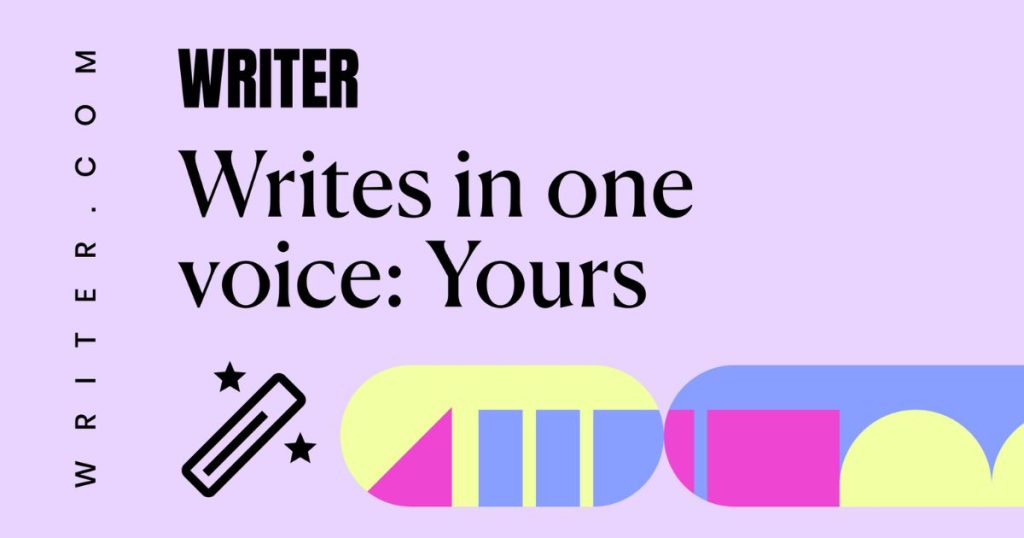
Writer offers a reliable AI content detection tool that helps ensure content originality. Its paid plan, priced at $25 monthly, allows for longer queries, which can be beneficial for users needing detailed analysis.
The tool also features a Chrome extension for easy access. This adds convenience for users who often work online. It is designed to provide quick and accurate results.
Writer is popular among content creators, educators, and businesses. Its user-friendly interface helps users navigate through different features without difficulty. The platform supports various content types, making it versatile for different needs.
In addition to detection, Writer helps users understand the nature of their content. This can guide improvements and adjustments in writing style. With its solid performance, it stands out in the growing field of AI content detectors.
9) Humanize Ai

Humanize Ai is a tool that focuses on making AI-generated content feel more like it was written by a human. The aim is to refine text to add nuances typical of human writing.
It analyzes content produced by AI and adjusts it to improve readability and engagement. This process includes modifying sentence structure and word choice to enhance natural flow.
Users find this tool helpful when trying to bypass detection by AI content detectors. By humanizing the text, it becomes less likely to be flagged as generated by an AI.
Additionally, Humanize Ai can cater to a variety of writing styles. This flexibility allows users to maintain their voice while leveraging AI for drafting.
There’s also a focus on preserving the original message while making the text more relatable. Many content creators appreciate this balance between efficiency and authenticity.
How AI Content Detectors Work
AI content detectors use specific algorithms and techniques to identify text generated by artificial intelligence. These tools rely on a mixture of machine learning models and large datasets to analyze writing patterns. Understanding the methods behind these detectors can clarify how they determine the likelihood of AI-generated content.
Algorithms and Techniques
AI content detectors typically employ various algorithms such as natural language processing (NLP) and machine learning (ML). These algorithms analyze text for specific patterns and markers that distinguish human writing from AI-generated text.
- NLP Techniques: These include tokenization and part-of-speech tagging, which break down sentences to understand their structure.
- Machine Learning Models: Supervised learning models are trained on labeled datasets to recognize features of AI text. Unsupervised learning may also be used to uncover hidden patterns in new text.
These tools assess aspects like keyword frequency, sentence complexity, and coherence. As they evolve, they also adapt to newer AI models, enhancing their accuracy.
Data Sources and Training
The effectiveness of AI content detectors largely depends on the data used for training. These detectors require extensive datasets that include both AI-generated and human-written content.
- Diverse Datasets: Training sets often contain various writing styles, topics, and formats to improve detection accuracy across different contexts.
- Constant Updates: Regularly updating datasets ensures these tools can detect emerging AI writing styles.
Ultimately, the more varied the training data, the better the detector can distinguish between human and AI text, leading to higher accuracy rates.
Importance of AI Content Detectors
AI content detectors play a crucial role in maintaining the integrity of online information. They help ensure that content remains authentic and can curb the spread of misinformation.
Ensuring Content Authenticity
The rise of AI-generated content has made it challenging to distinguish between human-produced and machine-generated text. AI content detectors can identify and flag content generated by tools like ChatGPT, GPT-4, and others. This ability is vital for businesses, educators, and content creators who rely on original work.
Using a reliable detector protects brands from unintentional plagiarism. For instance, companies like Copyleaks offer tools that boast over 99% accuracy in detecting AI-written content. By maintaining authenticity, organizations can avoid legal issues and uphold their reputation in the digital space.
Preventing Misinformation
Misinformation can spread rapidly online, leading to public confusion and distrust. AI content detectors help identify potentially misleading or fake information generated by AI tools. This functionality is crucial for news organizations, educators, and social media platforms.
By integrating these detectors, platforms can ensure that the content shared is factual and trustworthy. For example, Winston AI can assist in determining the authenticity of articles circulating in social networks. Early detection of misleading content helps prevent false narratives from gaining traction, thus promoting a more informed public.
Challenges in AI Content Detection
Detecting AI-generated content comes with several challenges that can affect accuracy and reliability. Two major issues are false positives and negatives, along with the potential bias in detection algorithms. Each of these challenges plays a significant role in the effectiveness of content detection tools.
False Positives and Negatives
False positives occur when an AI content detector incorrectly identifies human-written text as AI-generated. This can undermine trust in the detection tool and lead to unnecessary alarm.
On the other hand, false negatives happen when AI-generated content is misclassified as human-written. This issue is particularly concerning in academic and professional settings where originality is key.
The balance between precision and recall is crucial. Tools that are too sensitive may mistakenly flag many valid texts, while those that are not sensitive enough may overlook significant content. A study by Scribbr showed that some free tools, like Sapling, had a notable accuracy but still struggled with certain AI models.
Bias in Detection Algorithms
Detection algorithms may exhibit bias based on the data used to train them. If the training data primarily consists of certain writing styles or topics, the tool may not perform well on varied content.
This bias can lead to inaccuracies and unfair outcomes in detection. For instance, a detector trained mainly on academic writing might fail to accurately assess informal or creative styles.
Furthermore, detection tools may perform differently across languages or dialects, affecting their usability worldwide. This situation emphasizes the need for diverse training data to enhance accuracy and reduce bias. Effective AI content detection requires ongoing development and diverse datasets to ensure fairness.


